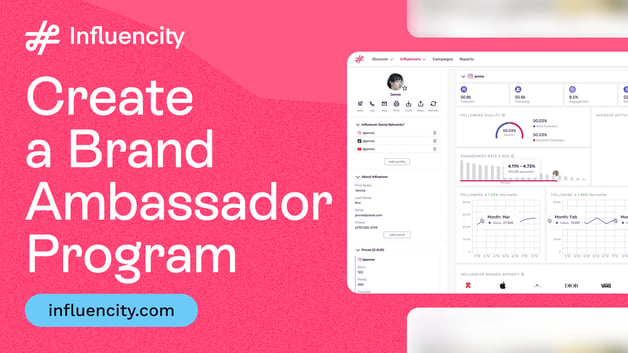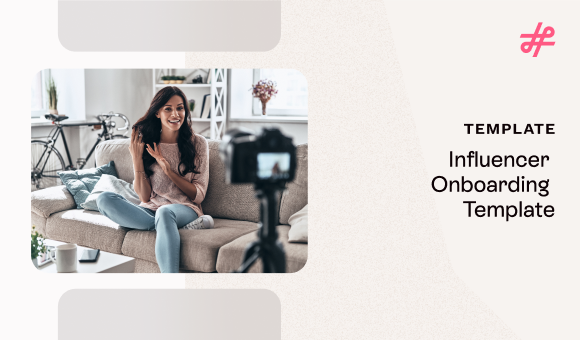Engagement Pods: How to Identify this Hack and its Impact on Influencer Metrics
Engagement pods can be a great way to increase engagement on social media, but they are very often not anywhere near as effective as you’d imagine. Although large pods can help certain posts receive an influx of engagement, they are rarely a valuable long-term strategy. It’s also very rare to see a significant increase in follower count as a result of posting in an engagement pod. This is mainly because, by nature, they’re incredibly impersonal. It’s far better to find like-minded accounts and develop real relationships with your followers.
So, what exactly are these pods, and do they ever work? How do you know if an influencer is using engagement pods? And what impact can it have on their metrics?
What are engagement pods?
Engagement pods are groups of social media users who share their posts within a private group or chat and boost each other’s engagement by liking, commenting, and sharing each other’s content. These pods, which are especially prevalent on Instagram, can range in size from smaller niche pods to larger groups consisting of thousands of users. The IG Engagement Space group, for example, has over 73,000 members to date. Pods can be focused on specific niche markets, such as fashion or photography, or be more generalized where posts relating to a range of topics are shared.
Do they work?
It all sounds a bit too good to be true, right? You join a pod and get an instant influx of likes, comments and shares that boost your engagement on social media and help your campaign reach more people. The more you engage with other posts, the more engagement you get in return.
So, what’s the catch?
In reality, because engagement pods do not generate organic engagement, the increased interactions you get on your posts don’t really reflect the reality of your following. You might get an exponential rise in likes and comments when you first join a pod, but in most cases, this will soon fizzle out, and once you leave a pod, your engagement level will drop right down to what it was before you originally joined the group. This is because the people who are liking and sharing your content aren’t actually interested in what you have to say – it’s a forced engagement. They are only interacting because they want something in return (engagement on their own posts). And that means you won’t get any loyal followers from your inflated engagement level; it’s just white noise.
Engagement pods are also very time-consuming. This is because, in order to see any notable improvement to your own engagement levels, you have to like and comment on hundreds of other posts every day. And that takes a lot of time. You’d be far better off investing this time in developing real relationships with followers who actually have a genuine interest in your brand.
Ultimately, engagement pods very rarely lead to meaningful results. You are better off creating influencer marketing content that provides added value and networking the old-fashioned way.
How do engagement pods impact influencer metrics?
Using engagement pods can have a negative impact on influencer analytics. If an influencer relies a lot on the forced engagement they develop in these pods, it can falsely inflate their metrics and make it seem like they are more influential than they really are. And this can make it difficult for brands and agencies to select the right influencer.
As a brand or agency that works with influencers, you need to be sure that the influencer that you choose will generate real, organic engagement for your campaign. You need to know that the content they generate for you will reach the right audience and that this audience could potentially convert into your own loyal following. But you won’t get this if an influencer repeatedly relies on engagement pods to falsely inflate their metrics.
You might initially think that they are doing a good job if, when you track their performance, you see that their reach, engagement and awareness are looking nice and healthy. However, if all these metrics relate to posts published in engagement pods, then the stats are meaningless, and you are unlikely to see any real ROI. This means that it’s vital that you know how to identify if an influencer is using engagement pods or not.
How to identify if an influencer is using engagement pods
So, how do you know whether an influencer’s metrics relate to authentic, organic content or if they are using engagement pods to boost their campaign results?
The most effective way to identify influencer pod activity is through social media artificial intelligence. In fact, this method is so powerful that many social media platforms are now using AI to tweak their algorithms so that they can identify and discredit posts that have been artificially boosted by engagement pods.
You can also do your own research. For example, take a look at who is engaging on an influencer’s posts, and take a look to see if the influencer is engaging on their posts, too. Like-for-like engagements like these can be a clear indicator that something fishy is going on. If you spot any repeated patterns, then the influencer is more than likely relying on engagement pods to falsely inflate their metrics.

Tags:











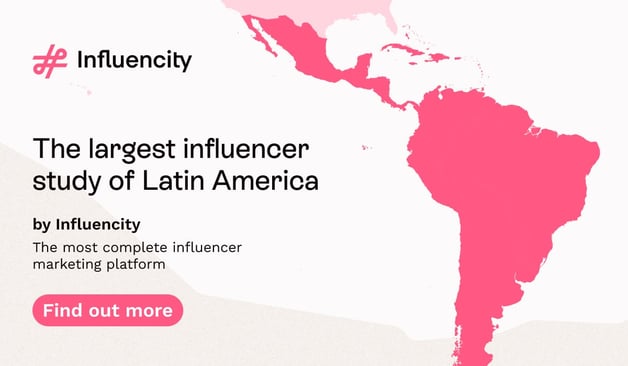


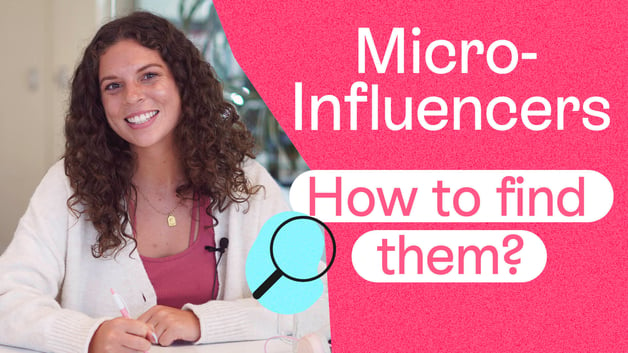


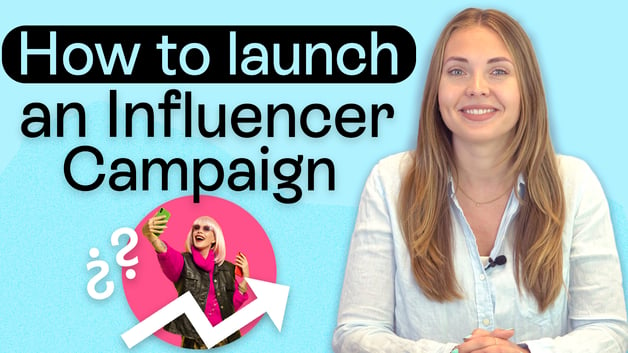



%20and%20How%20Can%20They%20Benefit%20Your%20Brand%20article.jpg?length=628&name=What%20Are%20Key%20Opinion%20Leaders%20(KOL)%20and%20How%20Can%20They%20Benefit%20Your%20Brand%20article.jpg)

